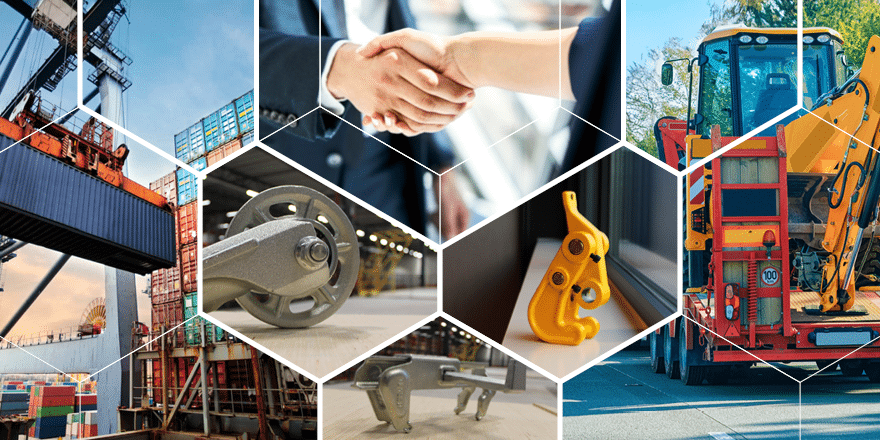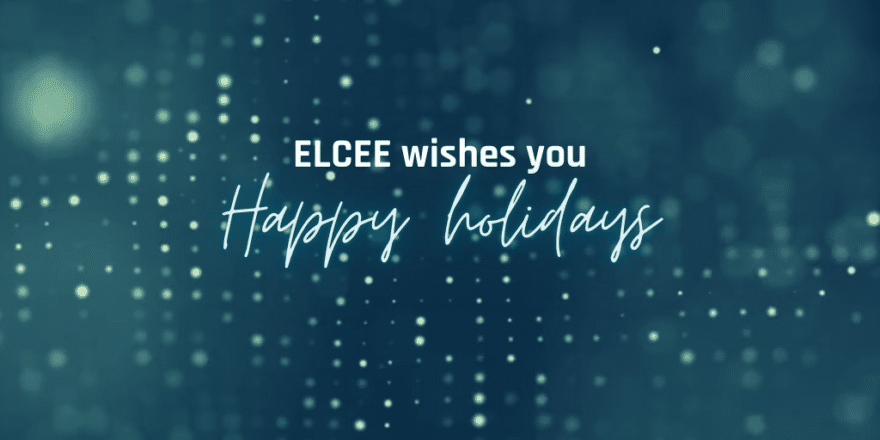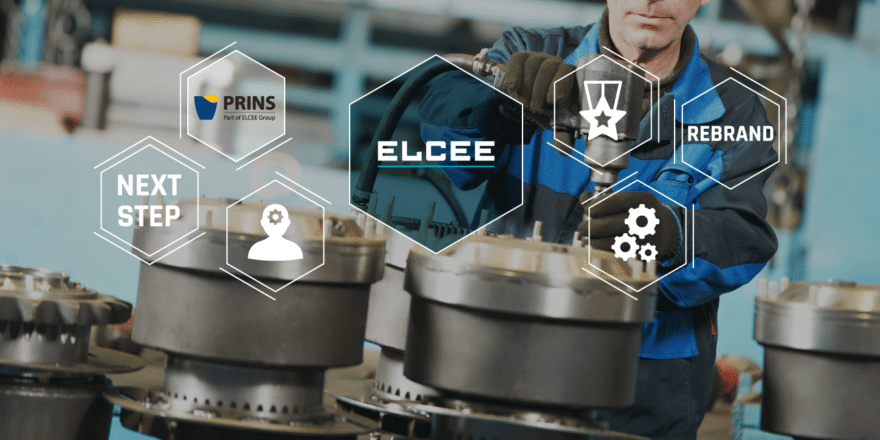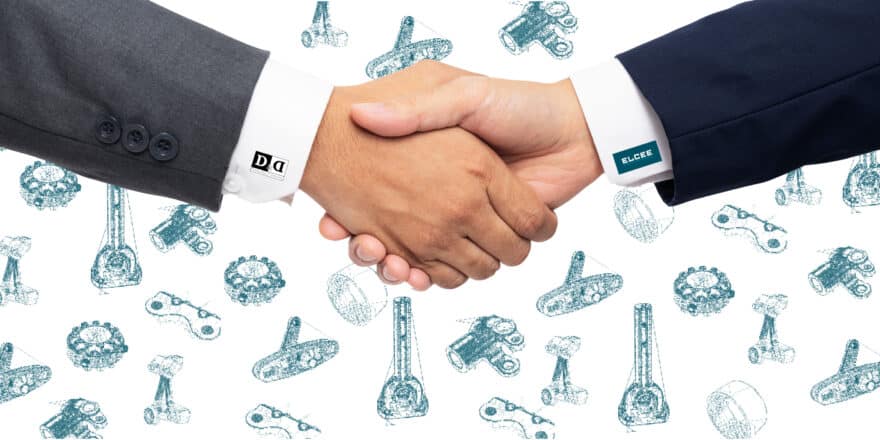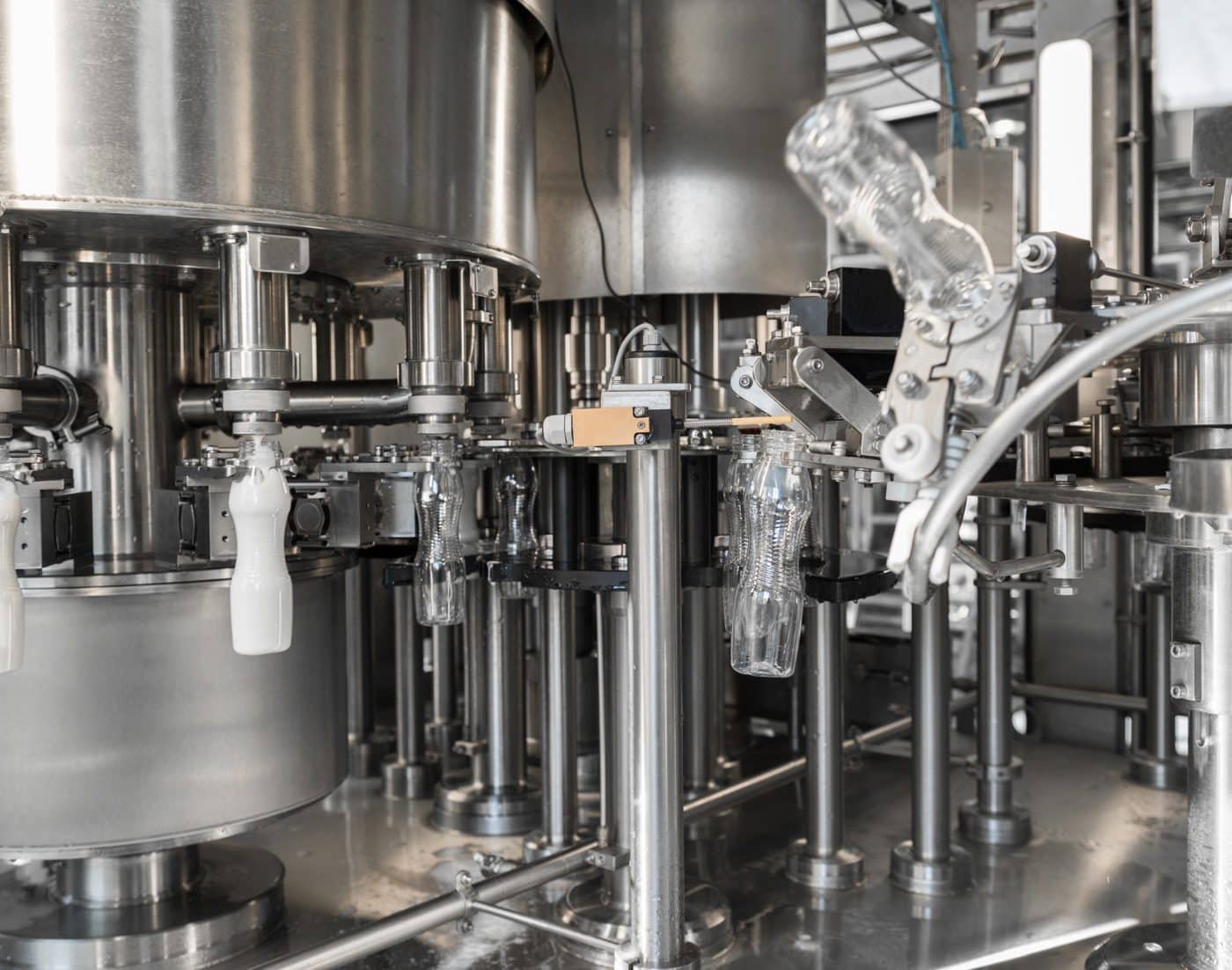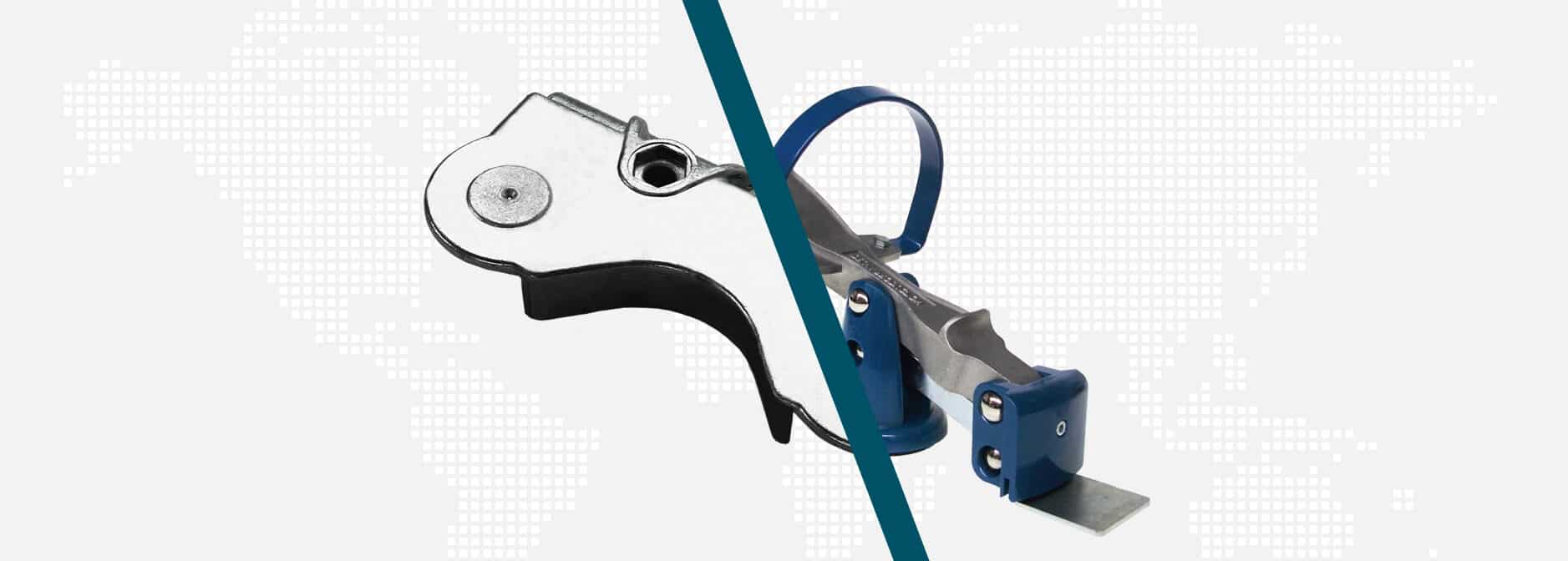
Differences between gravity die casting vs high pressure die casting
Two casting methods are particularly prominent for their efficiency and quality: gravity die casting and high pressure die casting. Each technique has its distinct advantages and applications, making them suitable for different production requirements. In this article, we’ll look closely at the key differences between these two methods. This will help you decide which approach is better for your metal casting needs.
Gravity Die Casting
Gravity die casting also known as low pressure die casting, gravity die casting is a process where molten metal is poured into the die from above, with gravity aiding in filling the cavity. This method is renowned for producing castings of high quality with excellent dimensional accuracy for thicker wall thicknesses than High Pressure Die casting and a smoother surface finish. It’s particularly effective for non-ferrous metals like aluminium, zinc, magnesium, and copper-based alloys.
Advantages of gravity die casting
- High-quality castings with excellent dimensional accuracy and smoother surface finish.
- Ability to create complex shapes with internal cavities using sand cores or retractable metal pins.
- Suitable for medium to large production volumes, accommodating parts ranging from small to large sizes.
- Durable steel moulds contribute to the longevity of the tooling and repeatability of castings.
High Pressure Die Casting
High pressure die casting involves injecting molten metal into the die under high pressure. This process is swifter than gravity die casting and is ideal for mass-producing small to medium-sized parts with exceptional dimensional accuracy and thin walls. The rapid injection and swift cooling allow for a high production rate, making high pressure die casting a cost-effective choice for extensive runs.
Advantages of high pressure die casting
- Ideal for mass production of small to medium-sized parts with exceptional dimensional accuracy and thin walls.
- Faster production rate than gravity die casting, making it cost-effective for extensive runs.
- Parts have consistent quality and can achieve intricate shapes with a high level of detail.
- Commonly used for aluminium, zinc, and magnesium alloys with various finishing options like technical anodising, painting, and powder coating.
Comparison and Considerations
When deciding between gravity die casting and high pressure die casting, several factors must be considered. gravity die casting is favoured for its ability to produce more robust parts, making it suitable for components that demand higher mechanical strength. High pressure die casting, with its high-speed production, is the preferred choice for large volumes of parts where cost and speed are of the essence.
In terms of cost, gravity die casting generally incurs lower tooling expenses, the per-part cost can be more economical for medium-sized runs. High pressure die casting may have higher tooling costs but lower per -part cost by higher volumes.
Conclusion
Both gravity die casting and high pressure die casting offer unique advantages that render them invaluable in the casting industry. The choice between the two will hinge on the specific requirements of the project, including the type of non-ferro material, the complexity of the design, the requisite mechanical properties, and the production volume.
For more detailed information or to discuss which method would be best for your casting needs, please reach out to your ELCEE contact person. We’re here to assist you in navigating the complexities of die casting and ensure you achieve the best results for your projects.


